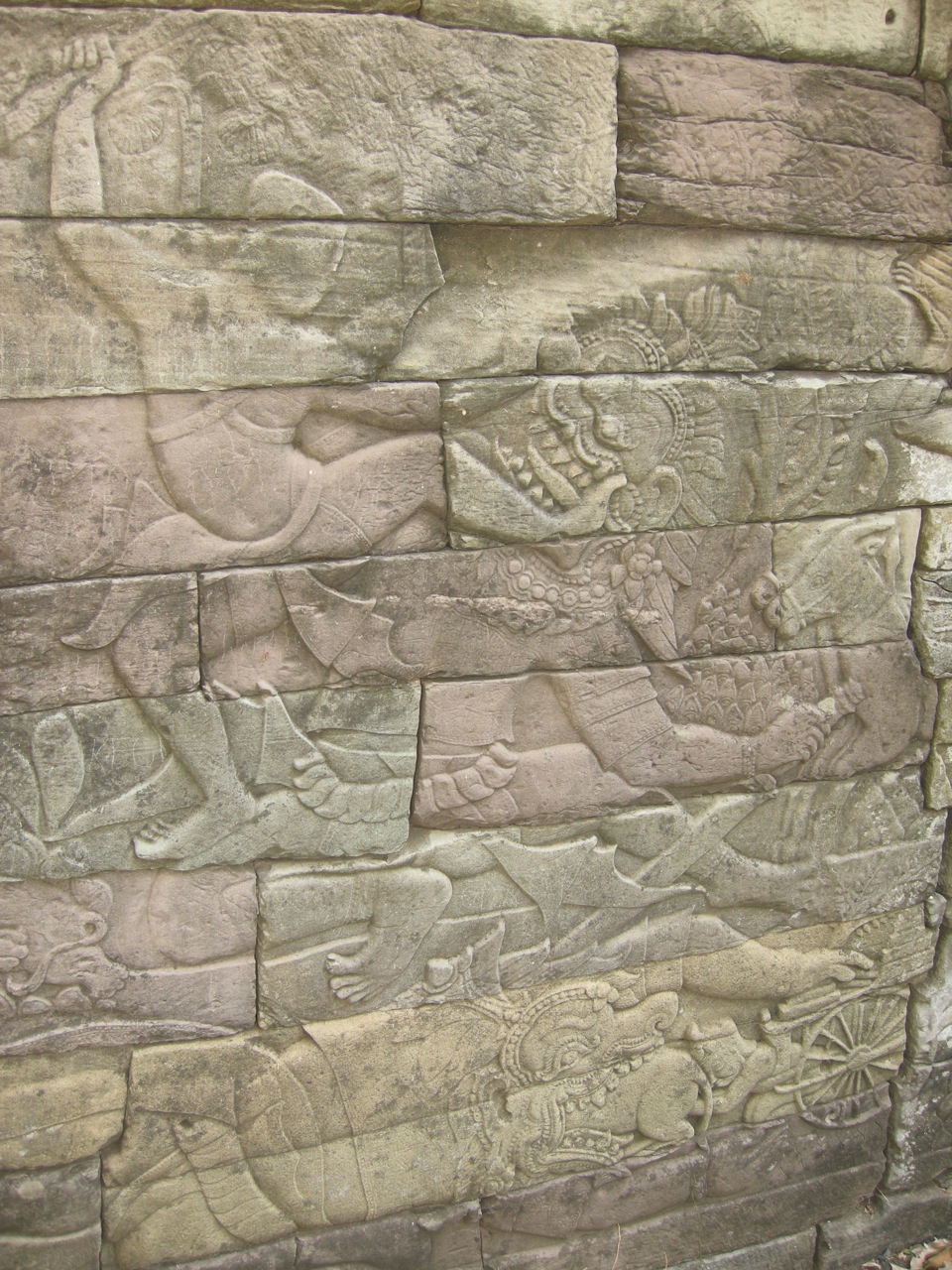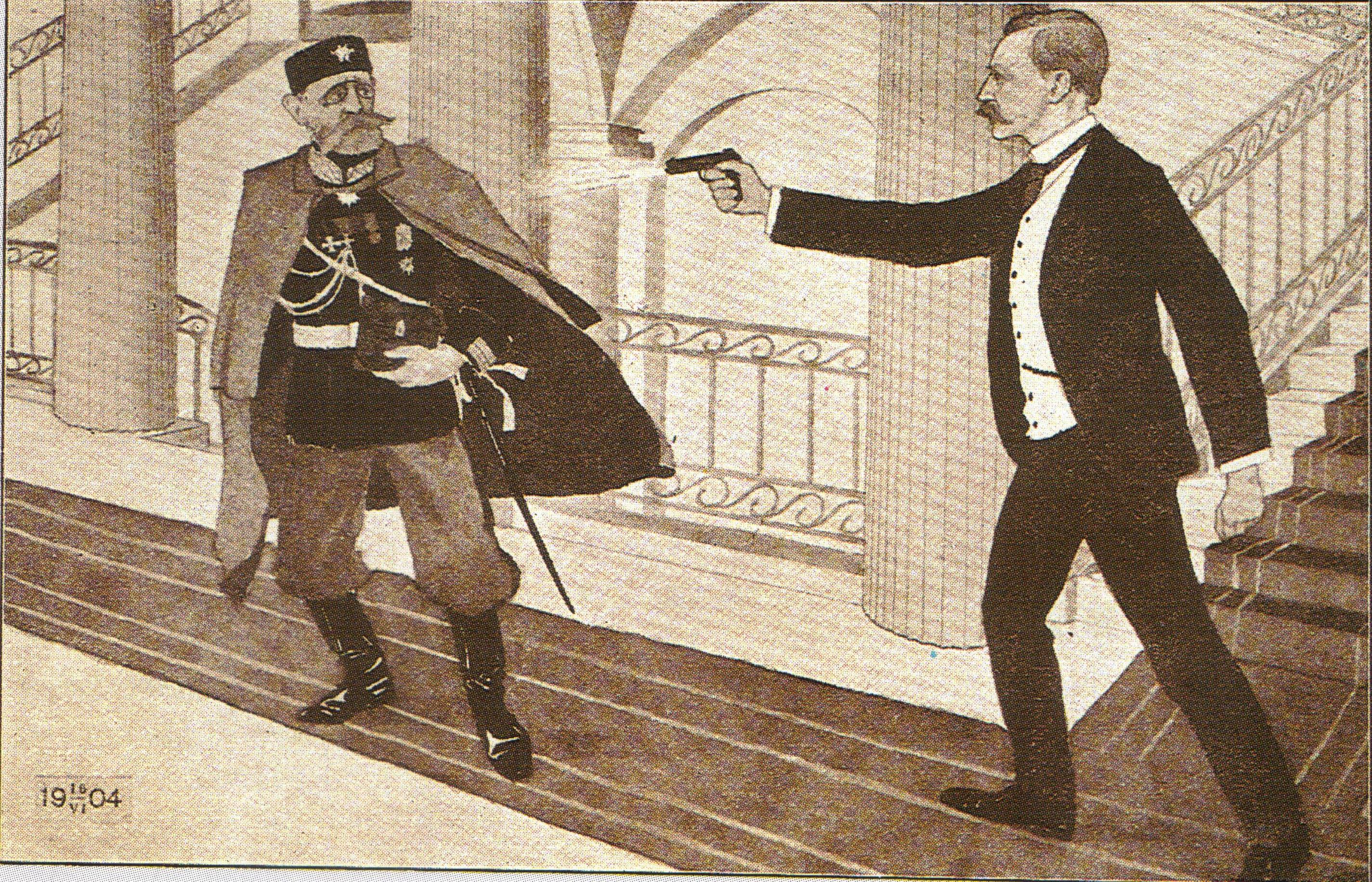|
Yasovarman II
Yasovarman II ( km, យសោវរ្ម័នទី២) was the ruler of the Khmer empire from 1160 to 1166. He succeeded Dharanindravarman II.Higham, C., 2001, The Civilization of Angkor, London: Weidenfeld & Nicolson, In 1165, he was overthrown by the mandarin Tribhuvanadityavarman(ត្រីភូវនាទិត្យាវម្ម៌). His rule ended with his assassination by one of his subordinates. See also * Banteay Chhmar * Banteay Samré Banteay Samré ( km, បន្ទាយសំរែ ; "The Citadel of the Samré") is a temple at Angkor, Cambodia, located 400 metres to the east of the East Baray. Built during the reign of Suryavarman II and Yasovarman II in the early 12t ... References 12th-century Cambodian monarchs Khmer Empire 1166 deaths Assassinated Cambodian people Assassinated royalty Year of birth unknown {{Cambodia-royal-stub ... [...More Info...] [...Related Items...] OR: [Wikipedia] [Google] [Baidu] |
Monarchy Of Cambodia
The monarchy of Cambodia is the head of state of the Kingdom of Cambodia. In the contemporary period, the King's power has been limited to that of a symbolic figurehead. The monarchy had been in existence since at least 68 AD except during its abolition from 1970 to 1993. Since 1993, the King of Cambodia has been an elected monarch, making Cambodia one of the few elective monarchies of the world. The king is elected for life by the Royal Council of the Throne, which consists of several senior political and religious figures. Candidates are chosen from among male descendants of King Ang Duong who are at least 30 years old, from the two royal houses of Cambodia (the House of Norodom and the House of Sisowath). Role Cambodia's constitution, promulgated in 1993 stipulated the king's role as a mainly ceremonial one. It declared that the king "shall reign, but not govern" as well as being the "symbol of national unity and continuity". The king performs important functions of st ... [...More Info...] [...Related Items...] OR: [Wikipedia] [Google] [Baidu] |
Dharanindravarman II
Dharanindravarman II ( km, ធរណីន្ទ្រវរ្ម័នទី២; also titled ''Paramanishkalapada'') was king of the Khmer Empire from 1150 to 1160. He married the daughter of Harshavarman III, Princess Sri Jayarajacudamani. Their son Jayavarman VII was born by 1125. Dharanindravarman II was a cousin of the king he succeeded, Suryavarman II.Higham, C., 2001, The Civilization of Angkor, London: Weidenfeld & Nicolson, The Yuhai encyclopedia records that in 1155 “Zhenla-Luohu” (that is, Cambodia) sent two elephants as tribute to the Song emperor.Wang Yinglin 王應麟, Yu Hai 玉海, Taipei Hua wen shu ju, Minguo 53, 1964, Reprint of 1343 edn., vol.6, cap.154, 33. See also * Early history of Cambodia * Khmer Empire *Preah Khan Kompong Svay The archeological complex of Preah Khan of Kampong Svay ( km, ព្រះខ័ននៅកំពង់ស្វាយ) or Prasat Bakan (according to local pronunciation) or ''Bakan Svay Rolay'' is located 100 ... [...More Info...] [...Related Items...] OR: [Wikipedia] [Google] [Baidu] |
Mandarin (bureaucrat)
A mandarin () was a bureaucrat scholar in the history of China, Korea and Vietnam. The term is generally applied to the officials appointed through the imperial examination system; it sometimes includes the eunuchs also involved in the governance of the above realms. History and use of the term The English term comes from the Portuguese ''mandarim'' (spelled in Old Portuguese as ''mandarin,'' ). The Portuguese word was used in one of the earliest Portuguese reports about China: letters from the imprisoned survivors of the Tomé Pires' embassy, which were most likely written in 1524, and in Castanheda's ''História do descobrimento e conquista da Índia pelos portugueses'' (c. 1559). Matteo Ricci, who entered mainland China from Portuguese Macau in 1583, also said the Portuguese used the word. The Portuguese word was thought by many to be related to ''mandador'' ("one who commands") and ''mandar'' ("to command"), from Latin ''mandare''. Modern dictionaries, however, agree t ... [...More Info...] [...Related Items...] OR: [Wikipedia] [Google] [Baidu] |
Banteay Chhmar
Banteay Chhmar ( km, បន្ទាយឆ្មារ ) is a commune ( khum) in Thma Puok District in Banteay Meanchey province in northwest Cambodia. It is located 63 km north of Sisophon and about 20 km east of the Thai border. The commune of Banteay Chhmar contains 14 villages. The massive temple of Banteay Chhmar, along with its satellite shrines and reservoir (''baray''), comprises one of the most important and least understood archaeological complexes from Cambodia's Angkor period. History Like Angkor Thom, the temple of Banteay Chhmar was constructed during the reign of Jayavarman VII in the late 12th or early 13th century. One of the temple's shrines once held an image of Srindrakumararajaputra (the crown prince), a son of Jayavarman VII who died before him.Higham, C., 2001, The Civilization of Angkor, London: Weidenfeld & Nicolson, The temple doors record Yasovarman I's failed invasion of Champa.Maspero, G., 2002, The Champa Kingdom, Bangkok: White Lot ... [...More Info...] [...Related Items...] OR: [Wikipedia] [Google] [Baidu] |
Banteay Samré
Banteay Samré ( km, បន្ទាយសំរែ ; "The Citadel of the Samré") is a temple at Angkor, Cambodia, located 400 metres to the east of the East Baray. Built during the reign of Suryavarman II and Yasovarman II in the early 12th century, it is a Hindu temple in the Angkor Wat style. Named after the Samré, an ancient people of Indochina, the temple uses the same materials as the Banteay Srei. Banteay Samré was excellently restored by Maurice Glaize from 1936 until 1944. The design of its single ogival tower is immediately recognizable as Angkor Wat style along with other temples in the region such as Thommanon and Chau Say Tevoda. Due to this temple's similarity to some monuments of north-east Thailand, it has the appearance of a compact Phimai. While there are no inscriptions describing its foundation, it seems likely to have been built by a high official of the court during the reign of King Suryavarman II. Plan It has a single tower over the shrine ... [...More Info...] [...Related Items...] OR: [Wikipedia] [Google] [Baidu] |
King Of Cambodia
The monarchy of Cambodia is the head of state of the Kingdom of Cambodia. In the contemporary period, the King's power has been limited to that of a symbolic figurehead. The monarchy had been in existence since at least 68 AD except during its abolition from 1970 to 1993. Since 1993, the King of Cambodia has been an elected monarch, making Cambodia one of the few elective monarchies of the world. The king is elected for life by the Royal Council of the Throne, which consists of several senior political and religious figures. Candidates are chosen from among male descendants of King Ang Duong who are at least 30 years old, from the two royal houses of Cambodia (the House of Norodom and the House of Sisowath). Role Cambodia's constitution, promulgated in 1993 stipulated the king's role as a mainly ceremonial one. It declared that the king "shall reign, but not govern" as well as being the "symbol of national unity and continuity". The king performs important functions of st ... [...More Info...] [...Related Items...] OR: [Wikipedia] [Google] [Baidu] |
12th-century Cambodian Monarchs
1 (one, unit, unity) is a number representing a single or the only entity. 1 is also a numerical digit and represents a single unit of counting or measurement. For example, a line segment of ''unit length'' is a line segment of length 1. In conventions of sign where zero is considered neither positive nor negative, 1 is the first and smallest positive integer. It is also sometimes considered the first of the infinite sequence of natural numbers, followed by 2, although by other definitions 1 is the second natural number, following 0. The fundamental mathematical property of 1 is to be a multiplicative identity, meaning that any number multiplied by 1 equals the same number. Most if not all properties of 1 can be deduced from this. In advanced mathematics, a multiplicative identity is often denoted 1, even if it is not a number. 1 is by convention not considered a prime number; this was not universally accepted until the mid-20th century. Additionally, 1 is the ... [...More Info...] [...Related Items...] OR: [Wikipedia] [Google] [Baidu] |
1166 Deaths
Year 1166 ( MCLXVI) was a common year starting on Saturday (link will display the full calendar) of the Julian calendar. Events By place Byzantine Empire * Emperor Manuel I (Komnenos) asks Venice to help pay the costs of defending Sicily, whose Norman rulers have had good relations with Venice. Doge Vitale II Michiel refuses to pay the requested subsidy. Manuel begins to cultivate relationships with the main commercial rivals of Venice: Genoa and Pisa. He grants them their own trade quarters in Constantinople, very near the Venetian settlements. Europe * May 7 – King William I (the Wicked) of Sicily dies at Palermo after a 12-year reign. He is succeeded by his 12-year-old son William II (the Good), whose mother, Margaret of Navarre, will be regent until he comes of age. * Battle of Pantina: The Byzantines intervene on behalf of Grand Prince Tihomir of Serbia against his rebellious brother, Prince Stefan Nemanja, who defeats the Byzantine forces and become ... [...More Info...] [...Related Items...] OR: [Wikipedia] [Google] [Baidu] |
Assassinated Cambodian People
Assassination is the murder of a prominent or important person, such as a head of state, head of government, politician, world leader, member of a royal family or CEO. The murder of a celebrity, activist, or artist, though they may not have a direct role in matters of the state, may also sometimes be considered an assassination. An assassination may be prompted by political and military motives, or done for financial gain, to avenge a grievance, from a desire to acquire fame or notoriety, or because of a military, security, insurgent or secret police group's command to carry out the assassination. Acts of assassination have been performed since ancient times. A person who carries out an assassination is called an assassin or hitman. Etymology The word ''assassin'' may be derived from '' asasiyyin'' (Arabic: أَسَاسِيِّين, ʾasāsiyyīn) from أَسَاس (ʾasās, "foundation, basis") + ـِيّ (-iyy), meaning "people who are faithful to the foundat ... [...More Info...] [...Related Items...] OR: [Wikipedia] [Google] [Baidu] |
.jpg)



